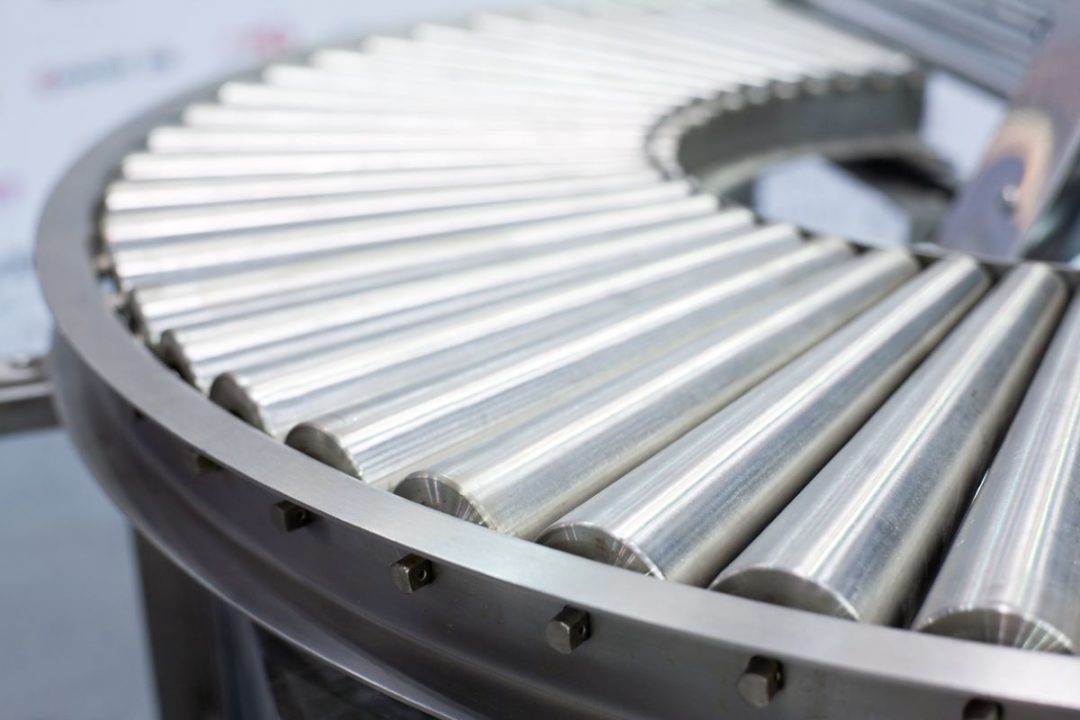
Conveyors play a key role in the endless quest by distributors and manufacturers for improved efficiency and productivity. So it should come as no surprise that the logistics sector would be drawn to modern-day conveyor systems simulation software.
The premise is simple: Designing conveyor systems is a meticulous task that demands a keen eye for detail. The transition from conceptual sketch to functioning conveyor system entails a multifaceted process that’s significantly enriched by computer modeling. The software creates a virtual environment in which ideas can be conceptualized, tested and optimized before physical implementation of a conveyor system.
Simulation software enables the creation of detailed 3D models of conveyor systems. It facilitates the exploration of different design configurations, materials and operational parameters.
The software can simulate the flow of materials through the conveyor system, identifying potential bottlenecks or inefficiencies. Various structural, thermal and fluid flow analyses are performed to assess the system's performance under different conditions.
Based on insights derived from the simulation, designs can be optimized to improve performance, reduce costs or achieve other desired objectives. The technology can also help streamline the layout of conveyor systems within a facility for better space utilization and workflow.
Simulation software is a potent tool for verifying whether designs align with specified requirements and standards. It enables virtual testing under various scenarios to ensure that the system is reliable in real-world conditions.
The virtual environment can also be used for training, allowing staff to familiarize themselves with the conveyor system's operation in a risk-free setting.
For distribution facilities, the ability to document the design process is crucial for quality control, compliance and future reference. Simulation software can significantly save time and minimize costs by reducing the need for physical prototyping and enabling faster design iterations.
After implementation, simulation data can be used to monitor performance and identify areas for further improvement.
A virtual platform encourages the exploration of innovative ideas and solutions, while enabling better team communication and coordination by allowing multiple users to work on the same project.
Among of the most significant advantages of the software is its ability to calculate production rates meticulously. By simulating the operational dynamics of a conveyor system, it provides precise insights into throughput capabilities, enabling businesses to forecast production rates accurately.
The technology highlights the workforce required for smooth operations and effective labor planning. Through the simulation of various scenarios, facilities can see how many workers are needed to run the system efficiently.
There’s always the possibility of unforeseen problems that can halt production. The simulation software acts as an early warning system, detecting potential issues before they become costly.
Conveyor simulation software marks a new era in the design and optimization of conveyor systems. The variety of options, each with distinctive features, demonstrates the fusion of innovation and practicality, empowering businesses to handle the intricacies of conveyor design effortlessly.
Jan Penalva is a senior copywriter for Joloda Conveyor Services.







